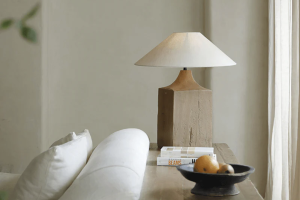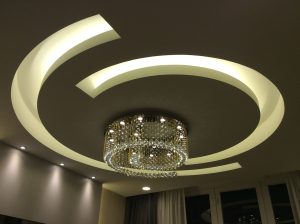Introduction
Ceilings are important components of any building, but they are often neglected in terms of aesthetics. The advent of ceiling art has changed this, transforming these plain surfaces into impressive works of art. Ceiling art takes interior design to another level, providing a unique and captivating experience for building occupants. This article delves into the world of ceiling art, exploring its benefits, techniques, and various forms.
Benefits of Ceiling Art
Ceiling art has numerous advantages, such as enhancing space perception, increasing value, and improving aesthetics. For example, 3D ceiling art creates an illusion of depth, making the room appear larger and more spacious. This high-end artistic decoration adds a touch of elegance to any building, consequently increasing its value. Moreover, ceiling art creates a focal point in a room, drawing the eye upwards and creating a unique, awe-inspiring environment.
Techniques Used in Ceiling Art
There are several techniques utilized in creating ceiling art. Some popular techniques include painting, murals, sculpting, decorative mouldings, and light fixtures. The utilization of different techniques depends on the style desired and the purpose of the room. For instance, painting is ideal for a smaller room where the intention is to make the space appear more expansive. On the other hand, murals are best suited for large halls and public spaces.
Types of Ceiling Art
The type of ceiling art chosen is dependent upon the desired effect and building style. Here are some of the most stunning types of ceiling art:
Modern Ceiling Art
Modern ceiling art is best suited for contemporary-style buildings. In modern ceiling art, designers employ geometric shapes, bold colors, and 3D patterns that enhance the look and feel of the building.
Classic Ceiling Art
Classic ceiling art is the perfect complement for traditional-style buildings. Designers use ornate moldings, gently flowing patterns, and light fixtures to create an elegant, inviting environment.
Mood-setting Ceiling Art
Mood-setting ceiling art involves utilizing light and color to create a particular atmosphere in a room. This type of ceiling art is common in hotels, restaurants, and clubs where designers aim to provide an unforgettable experience for their customers.
Conclusion
In summary, ceiling art provides an excellent means of transforming any building into an impressive, elegant, and unique environment. This article has explored some of the benefits of ceiling art, including the different techniques and types of ceiling art available. As such, it is no wonder that ceiling art has become a favorite option for interior designers and building owners seeking to add a touch of sophistication and creativity to their spaces.




More Posts
Stunning Vintage Opaline Lights: Illuminating Homes with Timeless Elegance
Bringing Versatility to Light: Exploring the Benefits of Dual Light Technology
Shining Light on E14 Bulbs: The Ultimate Guide to Understanding and Using Them